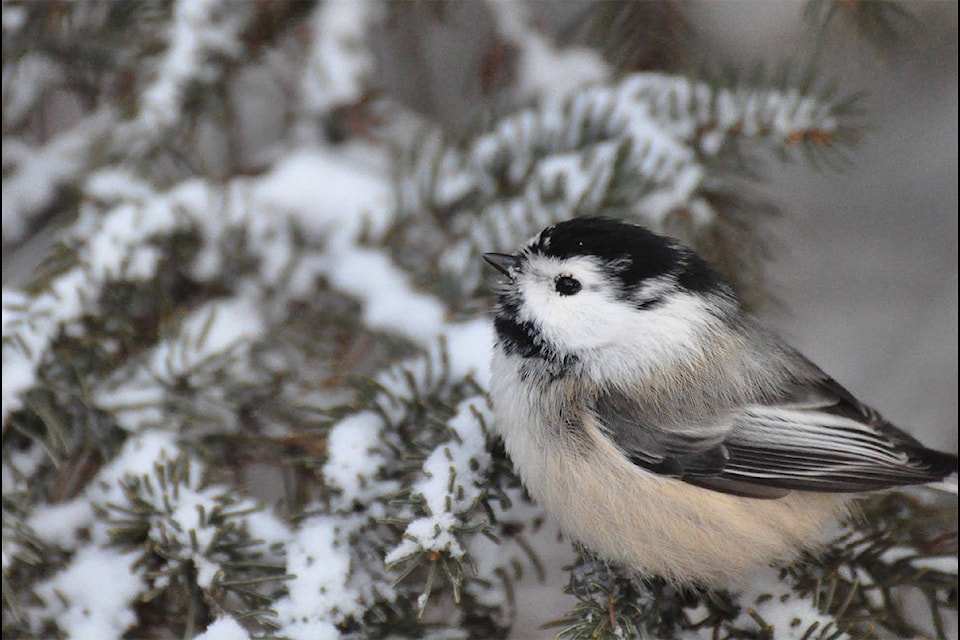Bird populations in Mount Revelstoke and Glacier National Park are significantly declining according to Parks Canada.
Out of the mountain national parks, including Jasper, Banff, Yoho and Kootenay National Park, bird populations near Revelstoke are in the worst shape, declining at more than 25 per cent annually.
“We don’t know the causes for the local decline,” said Lisa Larson, biologist with the ecological integrity monitoring program for Mount Revelstoke and Glacier National Park.
| Lisa Larson is studying bird populations in the mountain national parks. (Photo by Parks Canada) |
While Parks Canada is still investigating, Larson said it could partially be due to what’s happening beyond the parks’ boundaries. The Selkirk Mountains are riddled with logging cuts and signs of industry.
“We’re a national park, we don’t have much disturbance,” Larson said.
READ MORE: ‘You’re sitting on a jewel, Revelstoke’: Wilderness society proposes new park
READ MORE: PHOTOS: Highway 1 improvements restoring fish habitat in Glacier National Park
Other reasons, said Larson could include a reduction of understory and fire suppression, which makes the forest less diverse. Also climate change. Perhaps the winter snows are melting at a different time in the spring, which in turn impacts insect and seed availability for birds.
“Maybe the timing is off,” said Larson.
More than 20 per cent of bird species in Mount Revelstoke and Glacier National Park are declining, as are 90 per cent of bird guilds. Guilds are groups of species that use the same resources in a similar manner, such as nectar feeders, seed-eaters, and insect-eating birds.
Bird species in serious decline include chipping sparrow, fox sparrow, hermit thrush, Swainson’s thrush, varied thrush, Wilson’s warbler, black-capped chickadee, gray jay, red-breasted nuthatch and red crossbill.
Of particular concern are forest bird species, compared to alpine species which Larson said are “doing good”.
| Parks Canada started monitoring bird populations in the mountain parks in 2007. (Photo by Parks Canada) |
However, according to the most recent State of the Parks report, the alpine as an ecotype in Mount Revelstoke and Glacier National Park is poor due to declining caribou populations and receding glaciers. It noted there is a lack of research regarding alpine birds.
Parks Canada started monitoring bird populations in the mountain parks in 2007. While Mount Revelstoke and Glacier National Park’s bird populations are characterized as poor, Jasper/Banff/Kootenay National Park birds are fair. However, even there more than 10 per cent of bird populations are declining.
Yoho is the only mountain national park where bird populations are defined as good.
A study published earlier this year found since 1970, North America has lost 3 billion birds.
That study notes birds provide important benefits to ecosystems, such as pest control, pollination and seed dispersal.
| Varied thrush. (Photo by Parks Canada) |
Mount Revelstoke and Glacier National Parks are two of the only places in Canada where four different species of chickadees live: chestnut-backed, black-capped, boreal and mountain chickadees.
In total, there are 183 bird species in Mount Revelstoke and Glacier National Park.
@pointypeak701
liam.harrap@revelstokereview.com
Like us on Facebook and follow us on Twitter.
